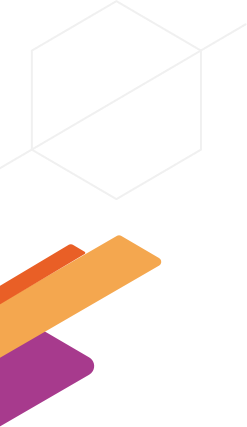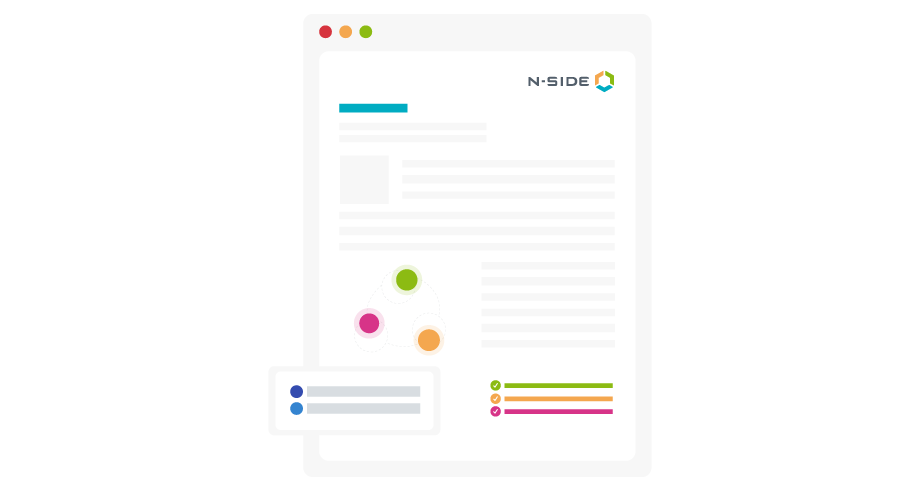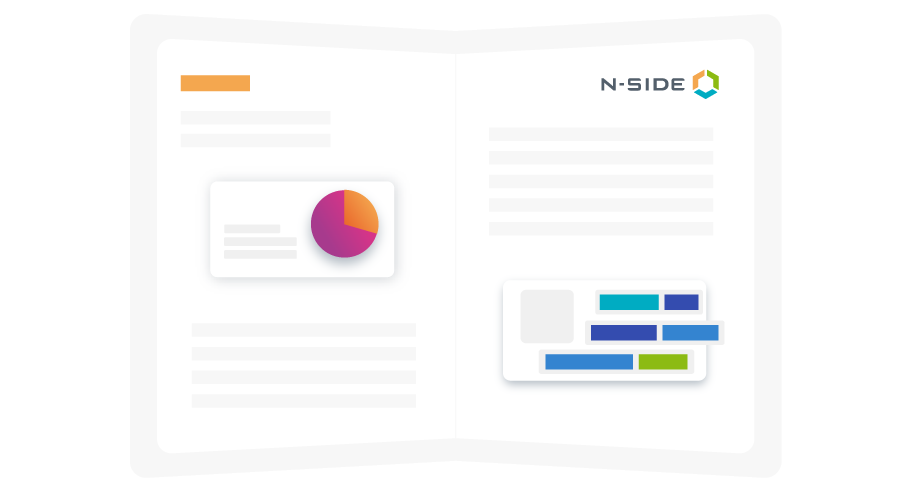Everything is the same, except for the differences


“Clinical Supply Forecasting, Simulations or Optimization? Let me tell you what’s what.“
Over the years, the increasing complexity of trial design has made reliable clinical supply chain management both more stressful and a lot more expensive. Thankfully, various solutions were created to help supply teams plan their clinical supplies. They can be split into two main categories: clinical supply forecasting and risk-based optimization.
Clinical supply forecasting
Forecasting tools aim to estimate the average patient demand in clinical trials, so it can be used by the supply team as a foundation for their supply planning. Although these tools work well for predictable studies, working solely with an average ignores the inherent variability and uncertainties of most trials. As a result, it is impossible to estimate the risk associated with any given forecast, and unknowns have to be mitigated through large guesstimated overages, increasing the waste level, supply budget, and generating more stress.
Clinical supply optimization
In contrast, risk-based optimization tools leverage different algorithms to account for those uncertainties and simulate possible trial outcomes using Monte-Carlo simulations. After running thousands of simulations, these tools can predict the average, minimum, and maximum patient demands and incorporate them into any recommendation. As a result, the required overage is provided as an output, and proactive risk control can be performed throughout the trial lifecycle. Forecasting and risk-based optimization solutions are not mutually exclusive. Each approach has its advantages depending on the trial complexity and timing in the trial lifecycle.
Being proactive ensures a smooth clinical trial supply management
Nowadays, a supply optimization solution will be necessary for managing risk with a proactive risk-based approach. This is why being able to transition smoothly and at the appropriate time from forecasting to risk-based optimization is important. Today, N-SIDE offers solutions catered to both small and big pharma companies.
N-SIDE’s software can help with simple and early stage trials but also uses a risk-based optimization solution for complex trials where reducing waste and risk is key.
If you are interested to know more about how forecasting and optimization tools can help you manage your clinical trial supplies in a controlled and sustainable way, ask for a demo of our solutions today!



About the Author
Marine holds a Master degree in Business Engineering. Passionate about Technology and Life Sciences, she couldn't dream of a better place to work than N-SIDE. Since 4 years now, she has been dedicated to bring innovation in clinical trials supply chain through end-to-end optimization. Marine is now responsible to expand N-SIDE's global footprint into the APAC market and build strong partnerships in the region.
Marine du Jardin




Increase your knowledge with these related resources

article
What is clinical trial supply optimization
Clinical trial supply optimization is the process of supplying the right amount of investigational medicinal product (IMP) and comparators to all trial sites so all patients receive their doses on schedule.
By optimizing the clinical trial supply strategy, all sites can be safely supplied while minimizing both costs and drug waste. This is accomplished by calculating drug product overage as an output of optimization models.
read more
case study
N-SIDE collaborates with AstraZeneca
N-SIDE and AstraZeneca worked together to reduce the waste and cost of this trial while still keeping the patients and their safety at the center of their concerns.
Read the case study to learn what they discovered and see the results they managed to reach. Overall, not only did they manage to reduce both the cost and drug waste levels of this study but some changes helped decrease the risk of missed dispensing for the patients as well.
deep dive
article
How AI & Machine Learning Are Improving Clinical Trial Forecasting
Clinical trials are becoming more complex. New types of therapy like biologics and personalized medicine, as well as treatments targeting rare diseases, create challenges in recruitment, supply chains, and trial protocols.
Trials are also getting more expensive. The global clinical trials market size is expected to reach $69.3 billion USD by 2028, up from $44.3 billion in 2020. At the same time, however, only around 12% of drug development programs end in success.


